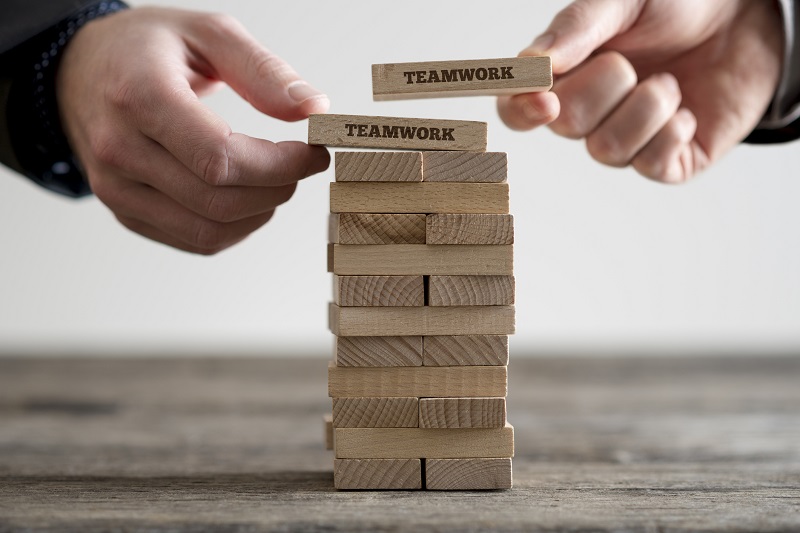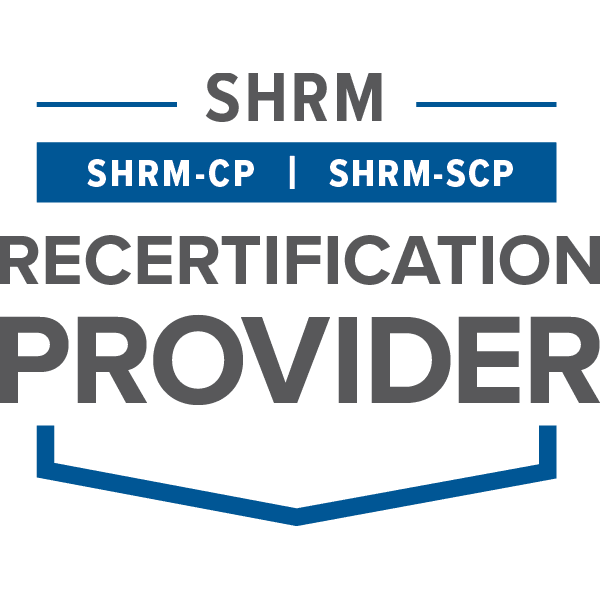
Employee Resource Groups (ERGs) are key to the diversity and inclusion (D&I) initiatives of an organization. They’re known for helping to achieve business goals and ensuring the overall inclusive nature and culture of a company. But how can a company get started? And once they’ve begun, what can be done to guarantee that ERGs will sustain a motivated staff and excel in the long run?
“Employee resource groups are thriving in Corporate America and are making an impact like never before,” says Dr. Robert Rodriguez, President of DRR Advisors LLC, a consulting firm specializing in ERGs. “Gone are the days when ERGs are considered ‘Food, Flag, and Fun Folks.’”
“We started [ERGs] as the first step in creating an inclusive work environment for all associates and creating an employee engagement strategy with our associates internally,” says Stephanie Browne, Vice President of Talent Acquisition, and Diversity and Inclusion at Blue Cross Blue Shield of Massachusetts (BCBS).
When building ERGs or Business Resource Groups (BRGs), it is also important to have a census of the employees working at your organization so that you can fit the needs of your employees when developing the different groups. It is common that there are groups for Latinos, African Americans, Asians, women, veterans, people with disabilities, and the LGBTQ+ community.
According to Stacey Miller, Director of Diversity and Inclusion at Ahold USA, there are specific elements that are absolutely necessary when creating ERGs/BRGs. Bringing in BRG leaders who are passionate about the company and the work they are doing is a must. Next, you’ll need an executive sponsor to help provide resources, ideas, and financing. Then, you’ll need members who are committed.
“Engaging as many members and participants as possible not only helps to share the responsibilities and have others involved, but it helps to continue to raise awareness of the BRG,” says Miller.
Once you have your members, make sure that the organization’s diversity and inclusion leader is involved, supporting the groups and group members. Lastly, when planning engaging events, ensure they are aligned with the BRG purpose and mission, supporting the corporate strategy.
Roger Guzman, Manager of Diversity and Inclusion for the TJX Companies, Inc., stated that it is also important that employee resource leaders receive the necessary training to help them succeed in leading the groups.
The ERGs at BCBS are able to help in recruiting and retaining a talented staff because their talent acquisition strategy is strongly connected to their diversity and inclusion initiatives.
“BCBS is ramping up our diversity recruiting efforts by engaging our ERGs to determine what more we can do in the process of recruiting diverse talent,” says Stephanie Browne. “One such example is that each of our recruiters is assigned to at least one ERG and our D&I external partners. Doing so will help ensure that we are recruiting, respecting, and retaining our top talent across BCBS.”
When it comes to taking ERGs/BRGs to the next level, it’s all about innovation. Each of the Ahold USA brands has adopted Better Place to Shop, Better Neighbor, and Better Place To Work promises because community support is something that Ahold USA associates are very passionate about.
“The Abilities BRG, for example, identified opportunities to support our customers with special needs, and their caretakers, during their grocery shopping trips,” says Miller. “And the Working Parents BRG helped to drive programs like the Fruit for Kids program and new lactation rooms in the support offices.”
“At TJX, our resource groups are evolving to understand the needs of the business better so that they are seen as strategic,” says Guzman. “Helping the business reach their goals, and stay ahead of the competition.”
As President of DRR Advisors LLC, Dr. Robert Rodriguez has introduced the 4C Model—community, commerce, career, and culture—to help prioritize the areas of focus for ERGs.
“A growing number of companies including State Street, Liberty Mutual, Tufts Health Plan, National Grid, the TJX Companies, and Blue Cross Blue Shield are embracing the 4C Model as a strategic framework for their ERGs,” says Dr. Rodriguez.
BCBS uses the 4Cs to make an impact on the company’s bottom line and increase awareness throughout the communities BCBS serves.
“In 2018, we are evolving our 4Cs strategy to make it a requirement for each group to work with their executive sponsor to define and execute at least one business initiative to support the commerce focus area,” says Browne.
What is your organization doing to build, sustain, and excel employee resource groups?


